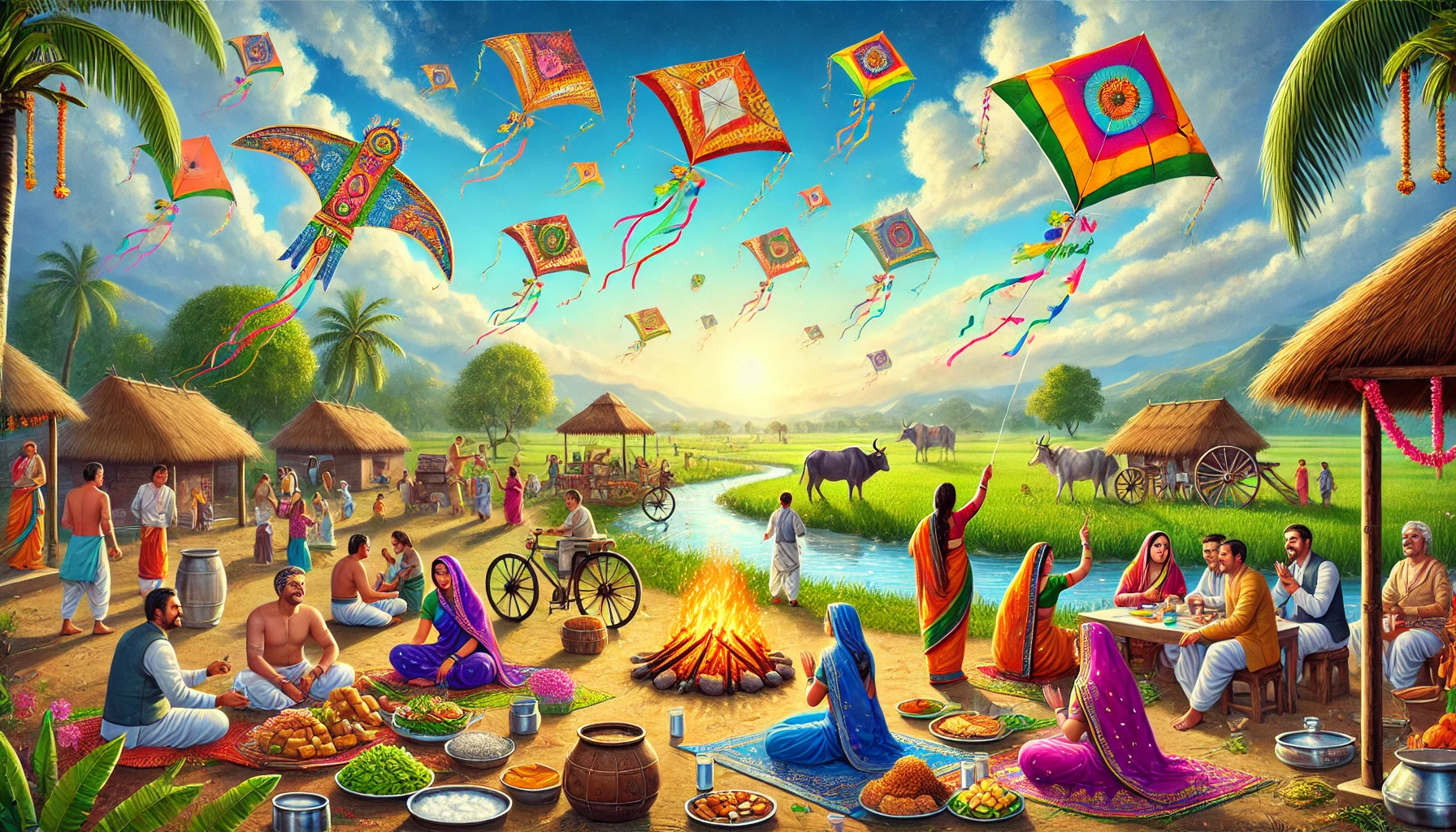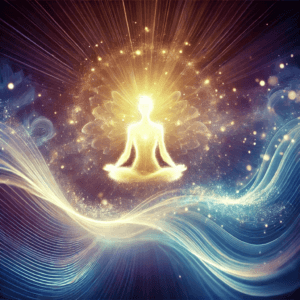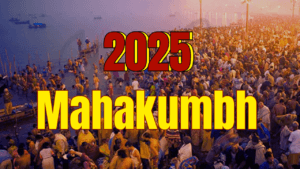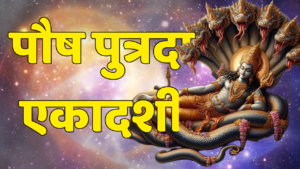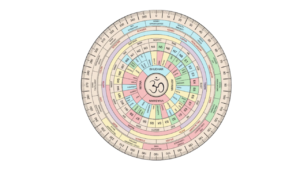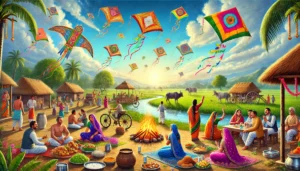A Note to Begin the Year with Positivity
Wishing you a Very Happy New Year! As the first month unfolds, we eagerly prepare to celebrate the first Hindu festival of the year: Makar Sankranti. Have you ever thought deeply about why and how this festival is celebrated? Across India, the same festival is known by different names and rituals, yet the essence remains the same. It is a celebration of gratitude, unity, and reverence for nature. India, a land deeply rooted in agriculture, recognizes this as a harvest festival—a testament to our farming heritage. Even today, India stands as a leading producer of rice, ranking second globally in farm outputs.
Makar Sankranti, celebrated on January 14, 2025, is one of the most auspicious festivals in India. It marks the transition of the Sun into the Capricorn (Makara) zodiac sign, signifying the end of the winter solstice and the beginning of longer days. This astronomical event symbolizes a new phase of energy, positivity, and prosperity. Let’s explore why this festival is celebrated, the traditions followed, and its significance across India.
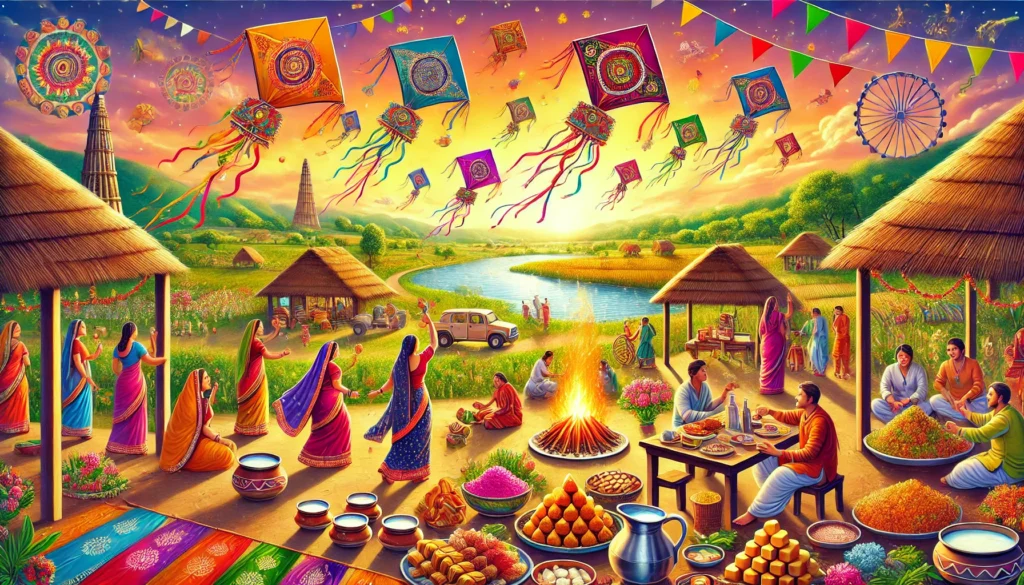
Why Do We Celebrate Makar Sankranti?
Makar Sankranti is celebrated to honor Surya Devta (the Sun God), who represents energy, vitality and abundance. According to Hindu beliefs:
- Harvest Season: It marks the beginning of the harvest season, a time to thank nature for its bounty.
- Spiritual Significance: The festival is considered an ideal day for spiritual practices, offering prayers, and taking holy dips in rivers.
- Mythological Relevance: It is believed that Bhishma Pitamah from the Mahabharata chose this day to leave his mortal body, attaining moksha (liberation).
Key Rituals and Practices of Makar Sankranti
- Holy Bath and Punya:
- Devotees wake up early and take a holy dip in sacred rivers like the Ganga, Yamuna, Godavari, or Kaveri. This is believed to cleanse sins and bring spiritual merit (punya).
- Daan-Punya (Charity):
- Charity is an essential part of this festival. People donate food, clothes, and money to the needy. Items like til (sesame), gur (jaggery), blankets and utensils are commonly donated.
- Tilkut and Chura-Dahi:
- The festival is incomplete without special food items. Tilkut (a sweet made of sesame and jaggery) and Chura-Dahi (flattened rice with curd) are widely consumed. These foods are considered pure and energizing.
- Kite Flying:
- In many regions, people celebrate by flying colorful kites. It’s a way to soak in the Sun’s energy and enjoy the festive spirit with family and friends.
Makar Sankranti Across Indian States
Each state has its own unique traditions to celebrate Makar Sankranti. Here’s how it’s observed across India:
- Uttar Pradesh and Bihar:
- Known as Khichdi Parv, people offer khichdi to deities and enjoy it as prasad. Chura-dahi and tilkut are staple foods.
- Maharashtra:
- Women exchange haldi-kumkum and distribute tilgul laddoos while saying, “**Tilgul ghya, god god bola” (Eat tilgul and speak sweetly).
- Punjab:
- Celebrated as Lohri, people light bonfires, perform folk dances like bhangra and giddha, and relish makki di roti and sarson da saag.
- Gujarat:
- The day is marked by Uttarayan and massive kite-flying festivals. Streets are adorned with colorful kites, and kite battles add excitement.
- Tamil Nadu:
- Known as Pongal, it’s a four-day festival where people cook sweet rice (Pongal) to thank the Sun God and cattle for their contributions.
- Karnataka:
- People exchange ellu-bella (a mix of sesame seeds and jaggery) and pray for prosperity.
- West Bengal:
- Celebrated as Poush Sankranti, people worship Goddess Lakshmi and prepare special sweets like pitha and payesh.
Who Do We Worship ?
- The primary deity of Makar Sankranti is Surya Devta (the Sun God). Devotees offer water (Arghya) to the Sun in gratitude and seek blessings for health, wealth, and success.
- In Tamil Nadu, people also worship their cattle as part of the Pongal celebrations.
Astrological Significance of Makar Sankranti
- Makar Sankranti marks the Sun’s transit into Capricorn, ruled by Saturn (Shani Dev). This planetary shift is believed to harmonize the energies of the Sun and Saturn, symbolizing the triumph of light over darkness.
- It is an auspicious time to start new ventures and set positive intentions.
Makar Sankranti 2025: A Day of Unity and Joy
Makar Sankranti brings people together across cultures, celebrating the essence of gratitude, harmony, and abundance. Whether it’s flying kites in Gujarat, enjoying tilkut in Bihar, or lighting bonfires in Punjab, the festival is a reminder of India’s rich heritage and traditions.
So, this Makar Sankranti, rise early, take a holy dip, enjoy delicious food, and share your blessings through charity. Let the Sun’s light brighten your life and lead you towards happiness and prosperity.
Wishing you a joyous and prosperous Makar Sankranti 2025!

